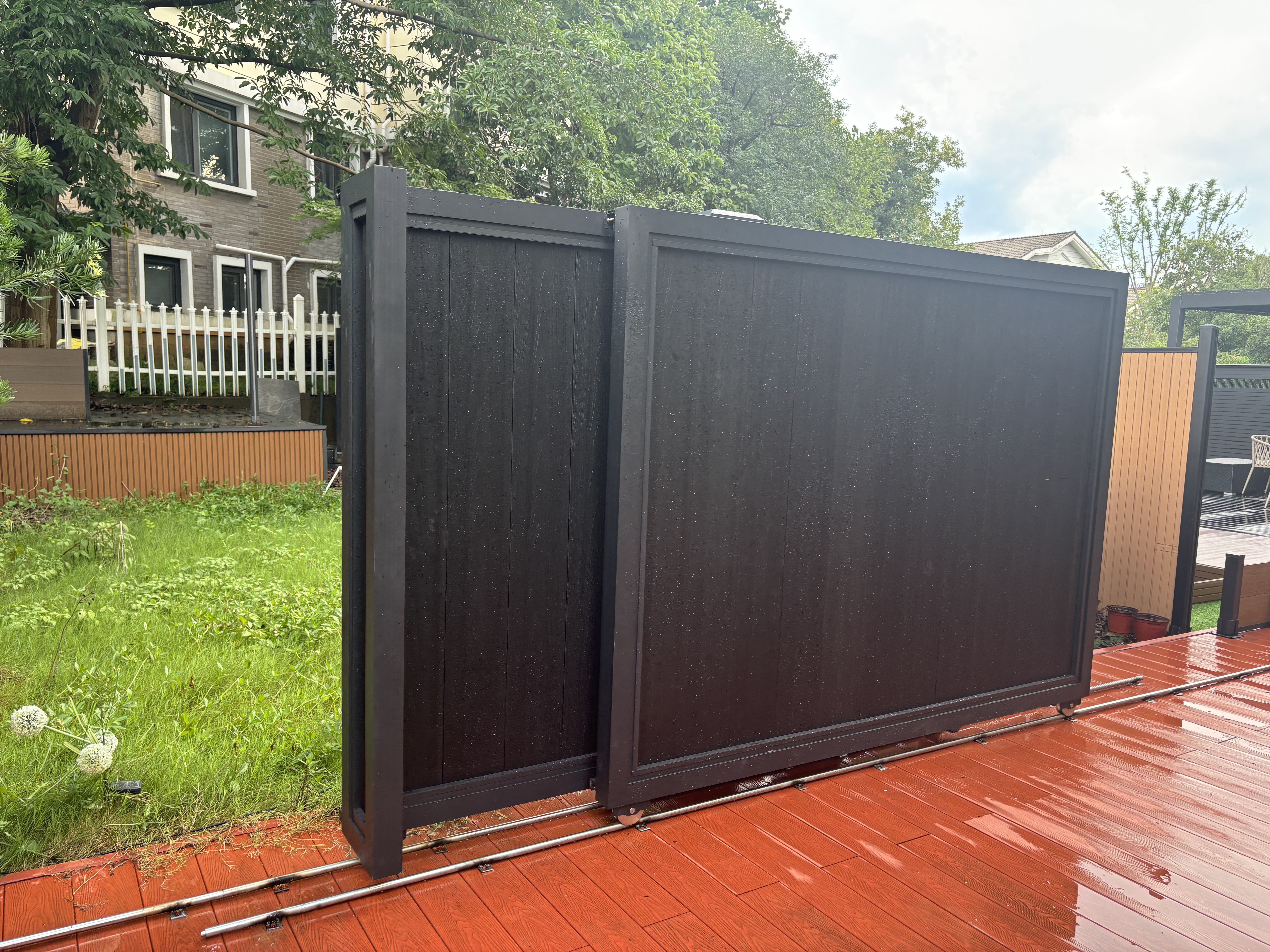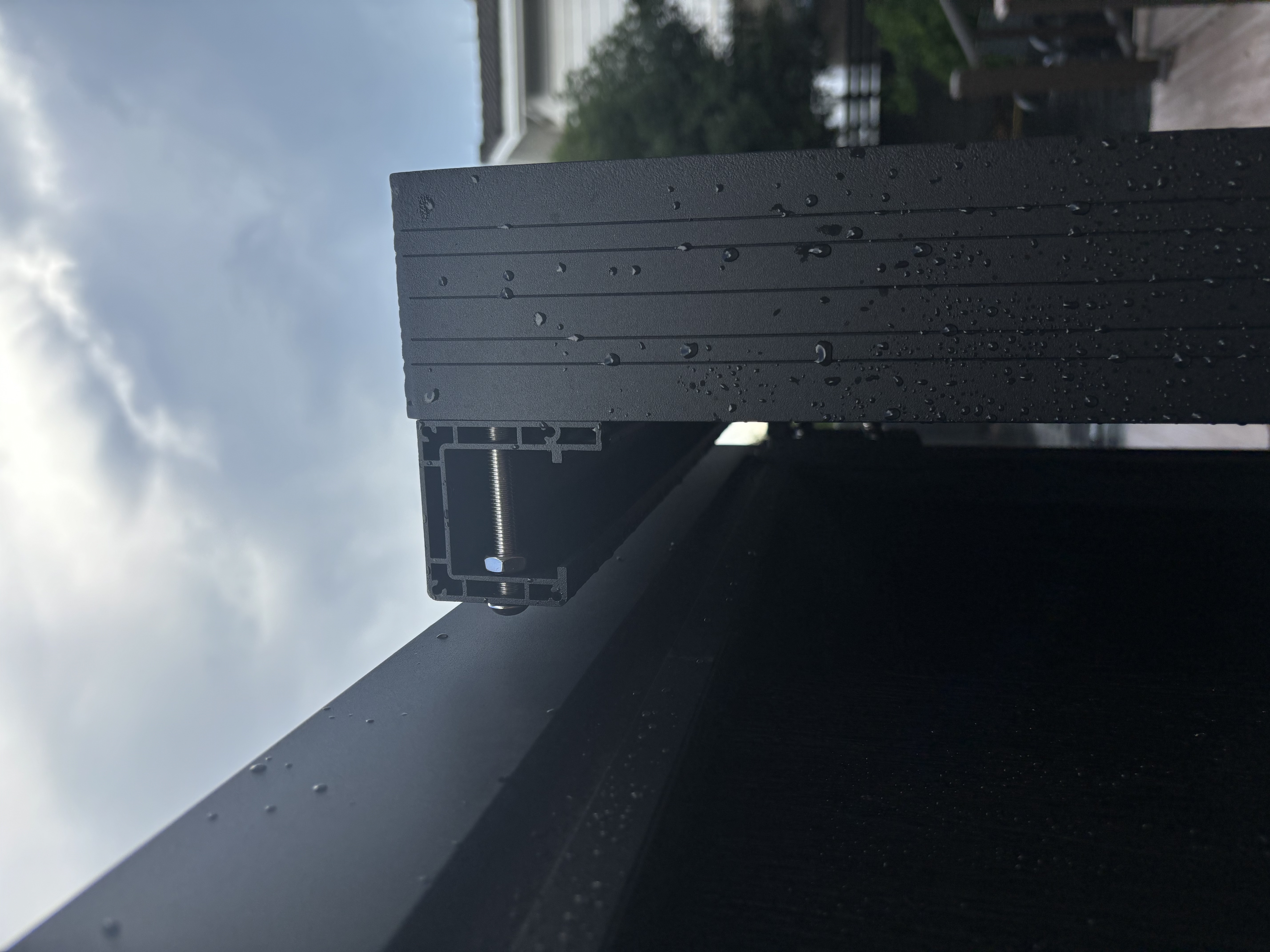Understanding the Evolution of Modern Gate Automation
The landscape of residential and commercial security has transformed dramatically with the advent of automatic gates. These sophisticated entry systems have revolutionized how we think about property access, combining convenience with enhanced security measures. Today's automatic gates represent the perfect fusion of architectural aesthetics and cutting-edge technology, offering property owners unprecedented control over their entry points.
Modern automatic gates have evolved far beyond simple mechanical devices. They now incorporate advanced features like remote access control, smartphone integration, and sophisticated security protocols. This evolution has made them increasingly popular across various property types, from suburban homes to industrial complexes. The key lies in understanding how these automated systems can work harmoniously with different fence materials and designs.
Popular Fence Materials and Their Compatibility with Gate Automation
Metal Fencing Solutions
Metal fencing remains one of the most versatile options for automatic gate integration. Wrought iron and aluminum fences offer exceptional durability and structural integrity, making them ideal candidates for automated systems. The robust nature of metal fencing can easily support the weight and mechanical stress of automatic gates, ensuring long-term reliability.
When installing automatic gates with metal fencing, professional installers focus on proper weight distribution and support mechanisms. The posts adjacent to the gate require additional reinforcement to handle the dynamic loads of opening and closing cycles. Premium aluminum and steel options also offer excellent corrosion resistance, reducing maintenance requirements while maintaining optimal performance.
Wooden Fence Integration
Wooden fences present unique considerations when paired with automatic gates. The natural beauty and warmth of wood can complement any property style, but proper engineering is crucial for successful automation. Hardwoods like cedar and redwood prove particularly suitable, offering both aesthetic appeal and structural stability.
The key to successful wooden fence integration lies in proper moisture protection and regular maintenance. Automatic gate systems must be carefully mounted to prevent water accumulation and wood rot. Additionally, the gate frame often incorporates metal reinforcement within the wooden structure to ensure smooth operation and longevity.

Advanced Features in Modern Gate Automation
Smart Access Control Systems
The integration of smart technology has revolutionized automatic gates, offering unprecedented levels of control and convenience. Modern systems feature mobile app connectivity, allowing property owners to monitor and operate their gates remotely. These smart solutions often include video surveillance capabilities, providing real-time visibility of gate activity.
Advanced access control systems can accommodate multiple user profiles with different access permissions. This proves particularly valuable for properties with frequent visitors or service providers. The ability to grant temporary access codes or schedule specific entry times enhances both security and convenience.
Safety Features and Compliance
Safety remains paramount in automatic gate installations. Contemporary systems incorporate multiple safety features, including obstacle detection sensors, emergency release mechanisms, and backup power systems. These features ensure reliable operation while protecting both people and vehicles from potential accidents.
Professional installers must adhere to strict safety standards and local building codes when integrating automatic gates with any fence type. Regular maintenance checks and safety audits help maintain optimal performance and compliance with relevant regulations.
Installation Considerations and Best Practices
Site Assessment and Planning
Successful integration of automatic gates begins with thorough site assessment. Factors like terrain gradient, available space, and local weather conditions significantly influence the choice of gate type and automation system. Professional installers conduct detailed surveys to determine optimal gate placement and required modifications to existing fencing.
The planning phase must account for underground utilities, drainage patterns, and soil stability. These factors affect both the installation process and long-term performance of the automated system. Proper planning also ensures minimal disruption to existing landscaping and infrastructure.
Power Supply and Connectivity
Reliable power supply is crucial for automatic gate operation. Installation plans must include appropriate electrical connections, often requiring underground conduit installation. Battery backup systems provide continuous operation during power outages, ensuring uninterrupted access to the property.
Modern automatic gates also benefit from stable internet connectivity for smart features and remote monitoring. Professional installers carefully plan the placement of control units and signal boosters to maintain reliable communication between system components.
Maintenance and Long-term Care
Regular Maintenance Protocols
Maintaining automatic gates requires a systematic approach to ensure reliable operation. Regular inspections should cover mechanical components, electrical systems, and structural elements. Professional maintenance services often include lubrication of moving parts, testing of safety features, and calibration of sensors.
The frequency of maintenance depends on usage patterns and environmental conditions. High-traffic installations may require quarterly inspections, while residential systems might need semi-annual checks. Proper documentation of maintenance activities helps track system performance and predict potential issues.
Troubleshooting Common Issues
Even well-maintained automatic gates may occasionally experience operational issues. Common problems include misaligned sensors, weather-related malfunctions, or communication errors in smart systems. Property owners should familiarize themselves with basic troubleshooting procedures while maintaining contact with professional service providers for more complex issues.
Regular software updates and system diagnostics help prevent many common problems. Modern automatic gates often include self-diagnostic capabilities, alerting owners to potential issues before they become serious problems.
Frequently Asked Questions
How long do automatic gates typically last?
The lifespan of automatic gates varies depending on construction quality, usage patterns, and maintenance practices. Well-maintained systems typically last 15-20 years, with proper care and regular updates potentially extending this period.
Can existing manual gates be converted to automatic operation?
Most manual gates can be automated, provided they meet structural requirements and have sufficient space for operator installation. Professional assessment is necessary to determine feasibility and required modifications.
What backup systems are available during power outages?
Modern automatic gates usually include battery backup systems that maintain operation during power failures. Solar charging options are also available for locations with limited electrical access or as an eco-friendly alternative.
How do weather conditions affect automatic gate performance?
Extreme weather can impact gate operation, but modern systems are designed with weather resistance in mind. Professional installation includes weather protection measures, and regular maintenance helps ensure reliable performance in various conditions.

